Kabocha Squash, also known as Japanese Squash or Japanese Pumpkin, is a lesser-known squash perfect for roasting, steaming, stuffing, and pureeing. Keep reading to learn all about how to pick, prepare, and serve this delicious and versatile winter squash.
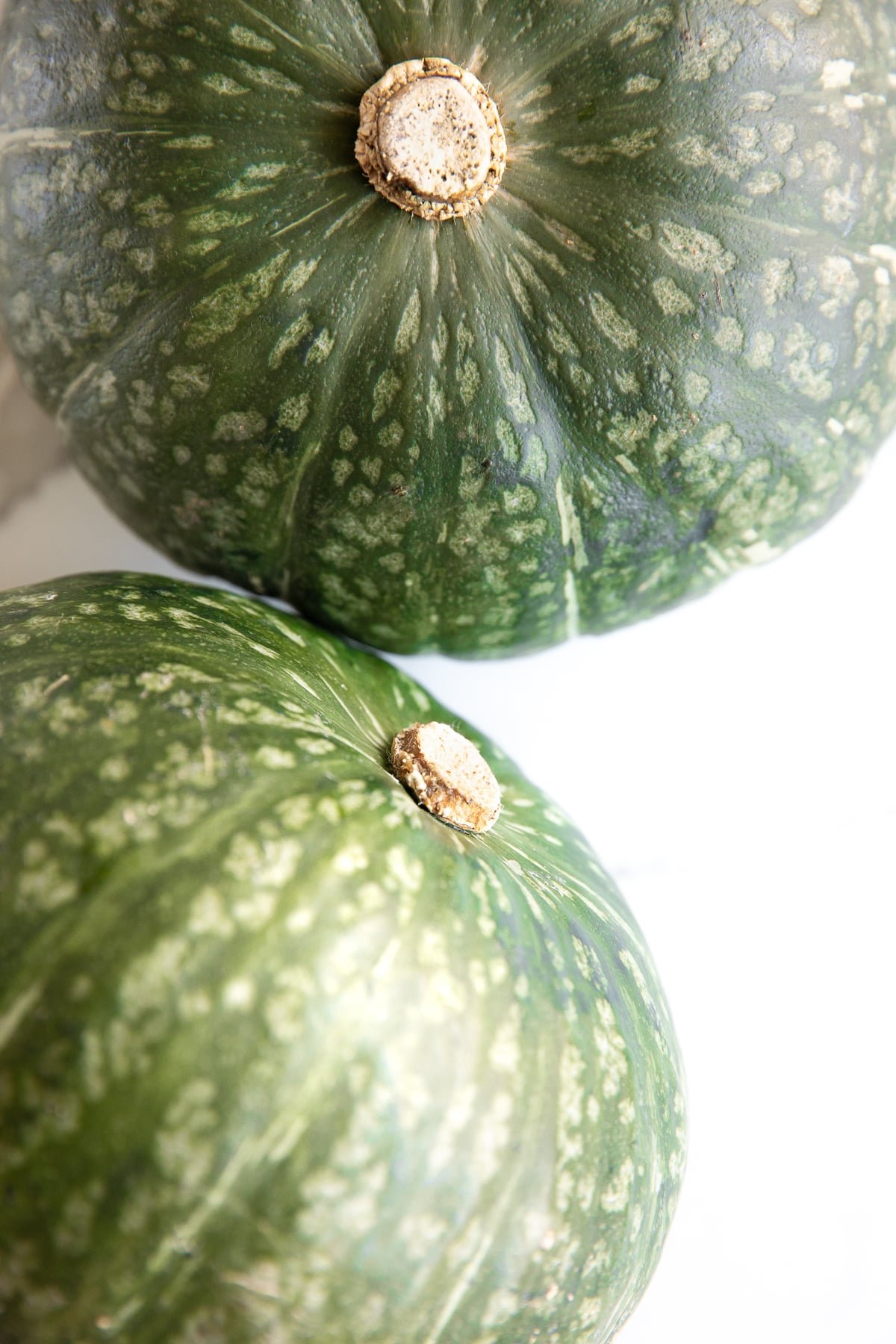
What is Kabocha Squash?
Kabocha squash is a type of Japanese winter squash variety from the species Cucurbita maxima. Also known as Japanese squash or Japenese pumpkin, at first glance, it’s easy to mistake this squash for a funny-looking green pumpkin.
In the same family as Hubbard squash, turban squash, and buttercup squash, the Japanese squash has a hard and tough exterior, dull, knobby-looking, dark-green skin, and shape nearly identical to a round, squat sugar pumpkin. On the inside, you’ll find bright yellow-orange flesh with small seeds.
Kabocha squash is known for its especially sweet flavor. Even sweeter than butternut squash. It has a light, fluffy, velvety texture, and tastes like a combination of sweet potatoes with pumpkin. This makes them great for mashing and pureeing.
Where to Buy Kabocha Squash
As with most other winter squash varieties, kabocha squash is best in late summer and early fall, during its true growing season.
Depending on where you live, however, you may have luck finding this squash much earlier in the summer season, or even year-round, from major grocery stores like Safeway, Whole Foods (where I found these in June), and Trader Joe’s. Give your local Asian market a call and see if they have any in stock or head to your local farmer’s market.
When picking out a Japanese squash pay close attention to the color and weight. It should feel heavy for its size. This actually applies to all squash, not just this one. Next, look at the color. It should be a deep, dark(ish) green color. You’ll see white lines running down from the stem to the base and some golden, yellowish spots all over the rind.
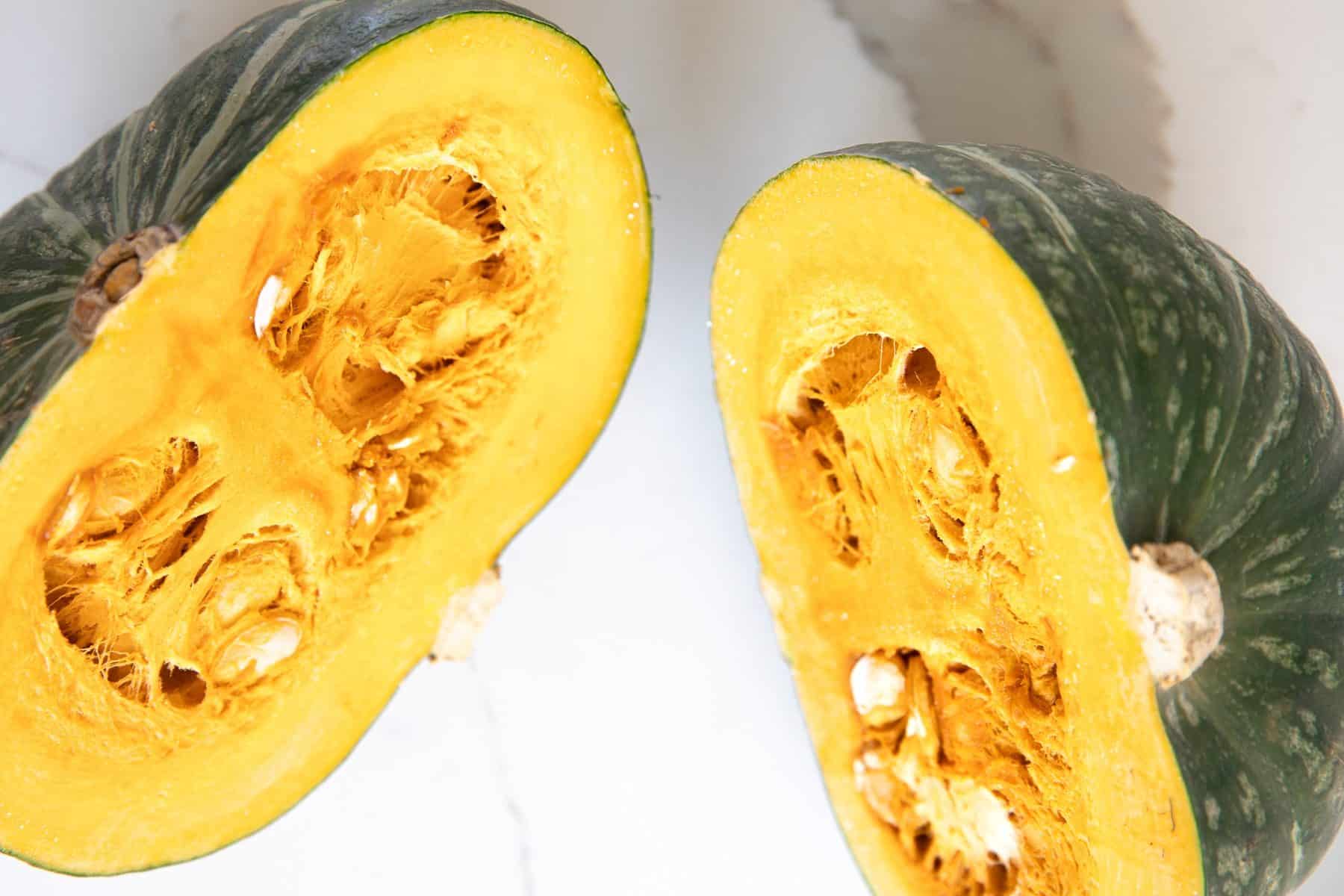
Kabocha Squash Nutrition
Per 1 cup (85 grams) of uncooked kabocha squash you’ll get approximately:
- Calories – 39
- Fat – 0 grams
- Carbs – 9 grams
- Sugar – 3 grams
- Fiber – 1 gram
- Protein– 1 gram
- Vitamin A – 93%
- Vitamin C – 19%
Japanese squash is high in the antioxidant beta-carotene. This naturally occurring pigment is responsible for the orange color in certain plants, with the richest sources of beta-carotene being found in yellow, orange, and green leafy fruits and veggies (carrots, spinach, tomatoes, kale, winter squash, etc). (source)
Beta-carotene plays a pretty big role when it comes to health and nutrition as it is converted into vitamin A after consumption. While ingesting too much Vitamin A may be toxic to the body, your body will only convert as much beta-carotene into vitamin A as needed.
How to Prepare Kabocha Squash
There are several different ways to approach cutting kabocha squash. If you’re like my husband, you’ll grab the sharpest knife you can find and slice right through the center, from the stem to its base.
I, on the other hand, prefer to do it this way:
- Wash and thoroughly dry your squash – even if you don’t plan on eating the skin.
- Transfer the kabocha squash to the microwave. Microwave for 2-4 minutes – the total amount of time will vary depending on the size of your squash and how soft you’d like it (careful not to microwave for too long – we’re not cooking it, just making it soft enough to cut).
- Transfer your softened squash to a large cutting board. Carefully slice from the stem to the base using a sharp knife.
- Use a spoon to scoop out the seeds and stringy bits.
- Slice the halves in 4-6 wedges or small cubes.
Is kabocha squash skin edible?
Yes, in fact, many Japanese recipes including kabocha tempura and nimono are often made with the skin still left on.
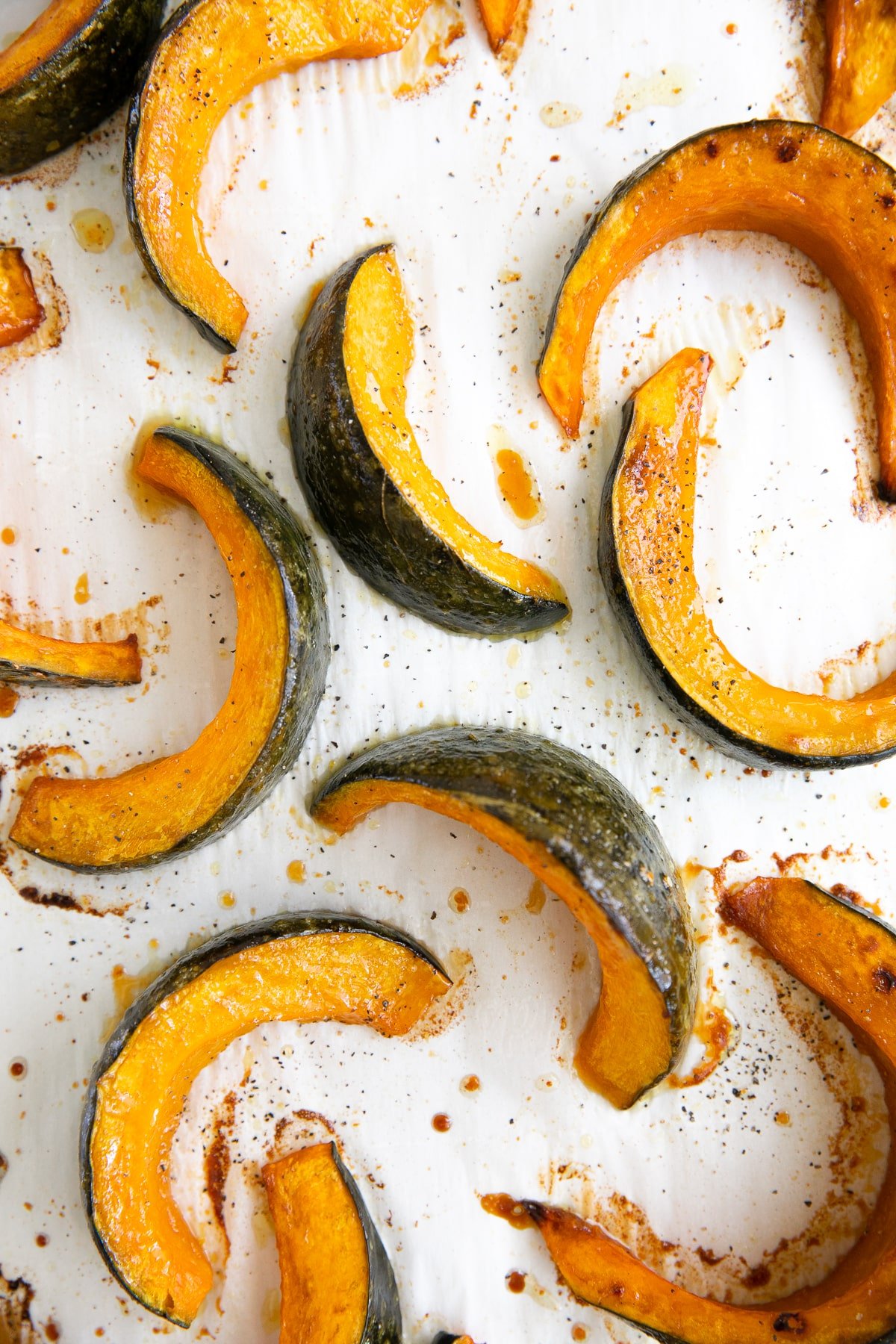
How to Cook Kabocha Squash
Kabocha squash is a delicious substitute for some of the other more well-known winter squash like pumpkin, acorn squash, and butternut squash. The skin is edible so roast it, simmer it, puree it, bake it, fry it, slow-cook it, or even shred it with a box grater and enjoy it raw. Feel free to use kabocha squash in place of any recipe that calls for pumpkin, butternut squash, or acorn squash.
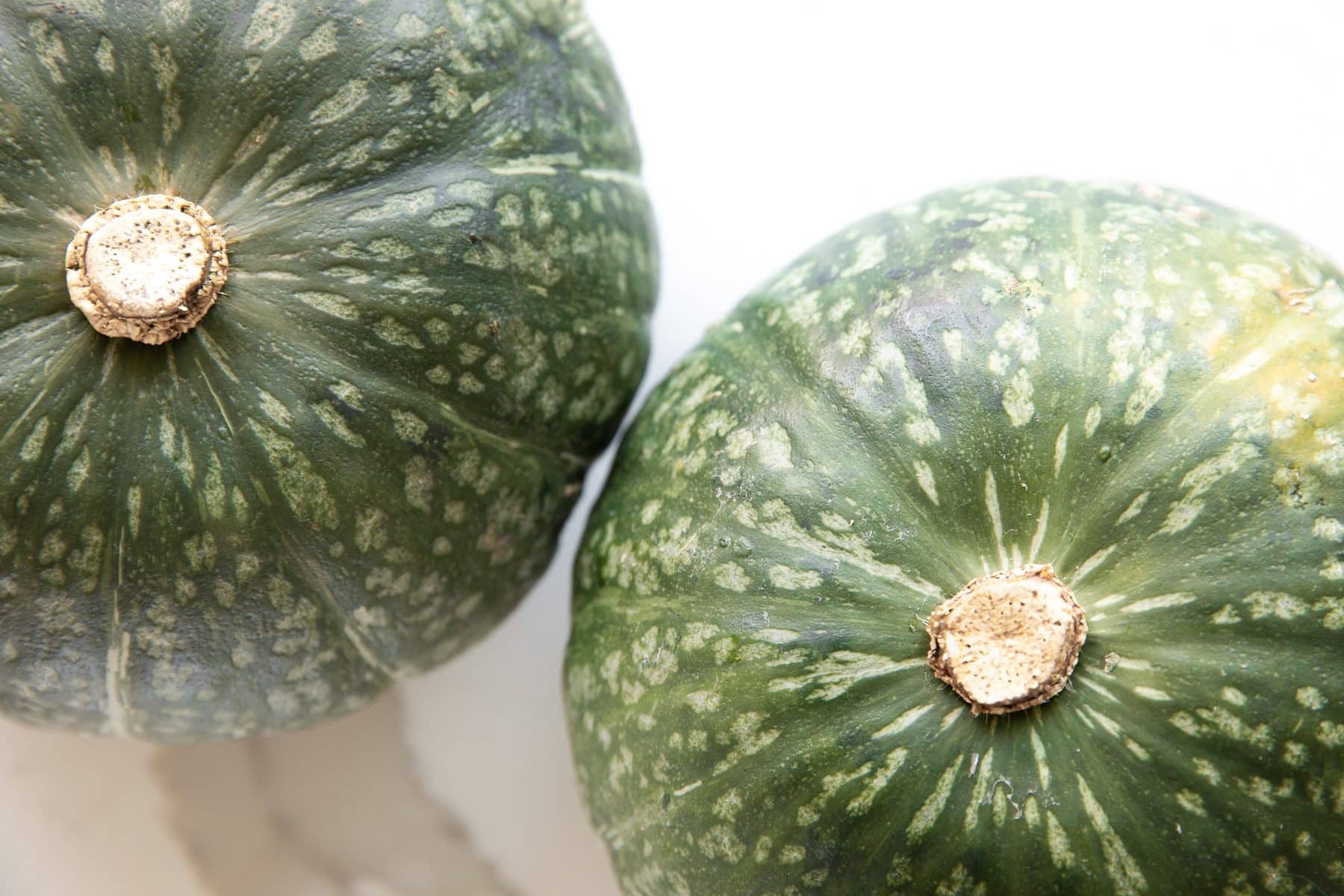
Check out these other delicious squash recipes,
- Vegetarian Stuffed Acorn Squash Recipe with Quinoa
- Easy Acorn Squash Soup Recipe
- Spicy Thai Pumpkin and Butternut Squash Ramen
- Cheesy Twice-Baked Spaghetti Squash Recipe
- Pork Chops with Apples and Butternut Squash
- Simple Roasted Pumpkin Seeds
- Maple Roasted Delicata Squash Recipe
- How to Cook Pumpkin: A Step-by-Step Guide
Have you tried kabocha squash?
Tell me about it in the comments below! I always love to hear your thoughts. And tag me #theforkedspoon on Instagram if you’ve made any of my recipes, I always love to see what you’re cooking in the kitchen.
RECIPE CARD
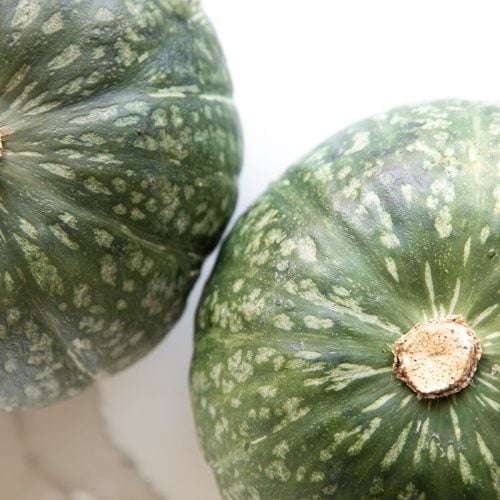
How to Cook Kabocha Squash
Ingredients
- 1 medium whole kabocha squash (Japenese squash) - approx. 3 pounds
- 2 teaspoon olive oil - or coconut oil
- salt and pepper - to season
Instructions
- Preheat oven to 400°F. Line a large rimmed baking sheet with parchment paper or aluminum foil.
- Wash and cut the squash in half from stem to base. Scoop out the seeds. Leave the squash in two halves or slice into smaller wedges.
- Brush the entire surface of the squash with olive oil and season with salt and pepper, to season. Transfer to the prepared baking sheet or baking pan.
- Bake for approximately 25 minutes (for wedges) or 45-60 minutes for halves, or until tender and easily pierced with a fork.
- Serve, as is, or scoop and mash into a puree.
Jessica’s Notes
- Drizzle with maple syrup or sprinkle with brown sugar. Top with bacon bits or butter, if desired.
- Leftover cooked squash will last for approximately 3-4 days when stored in the refrigerator in a sealed container.
- You may also freeze leftover cooked squash in an airtight container for up to 3-4 months.
- Save and roast the seeds just as you would pumpkin seeds.
- As written, this recipe is vegan, gluten-free, dairy-free, and low-fat.
Nutritional Information
(Nutrition information provided is an estimate and will vary based on cooking methods and specific brands of ingredients used.)
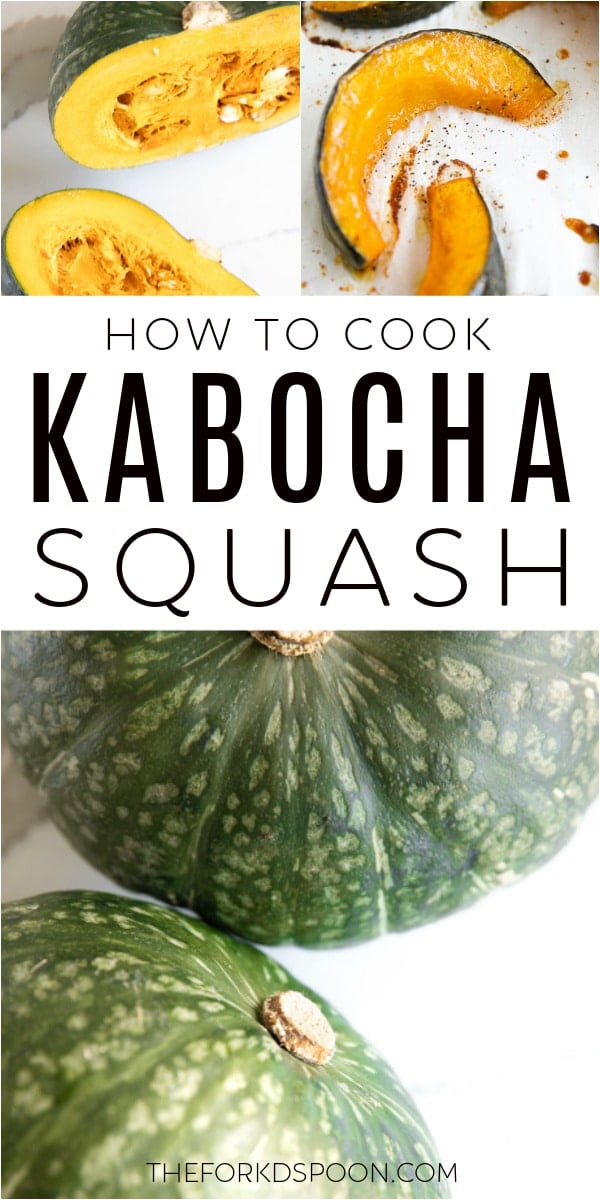
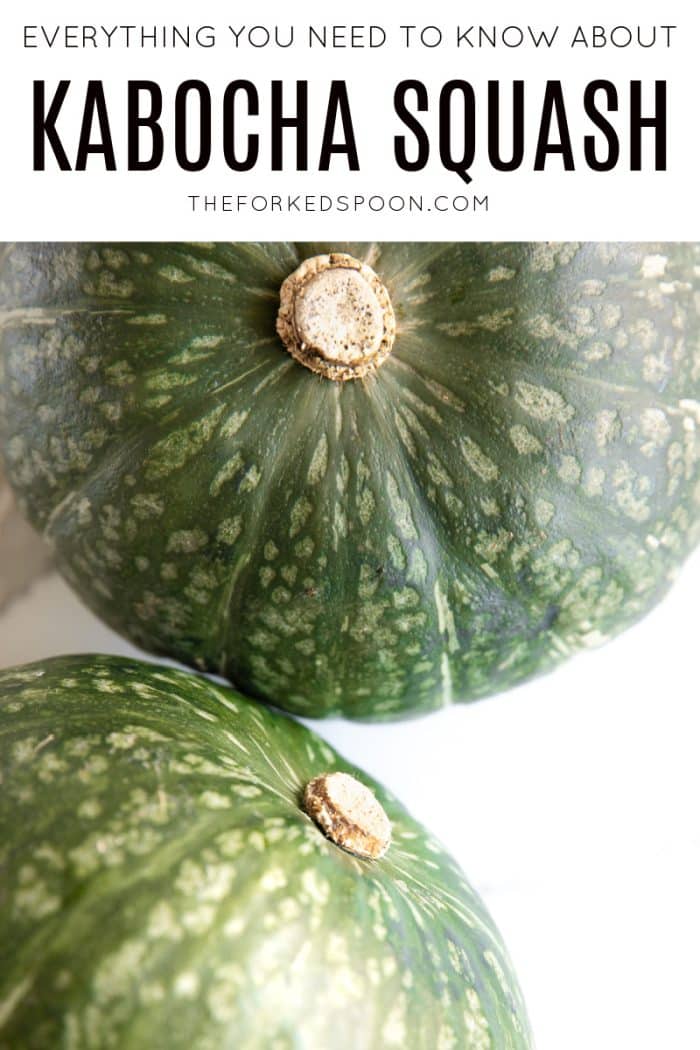
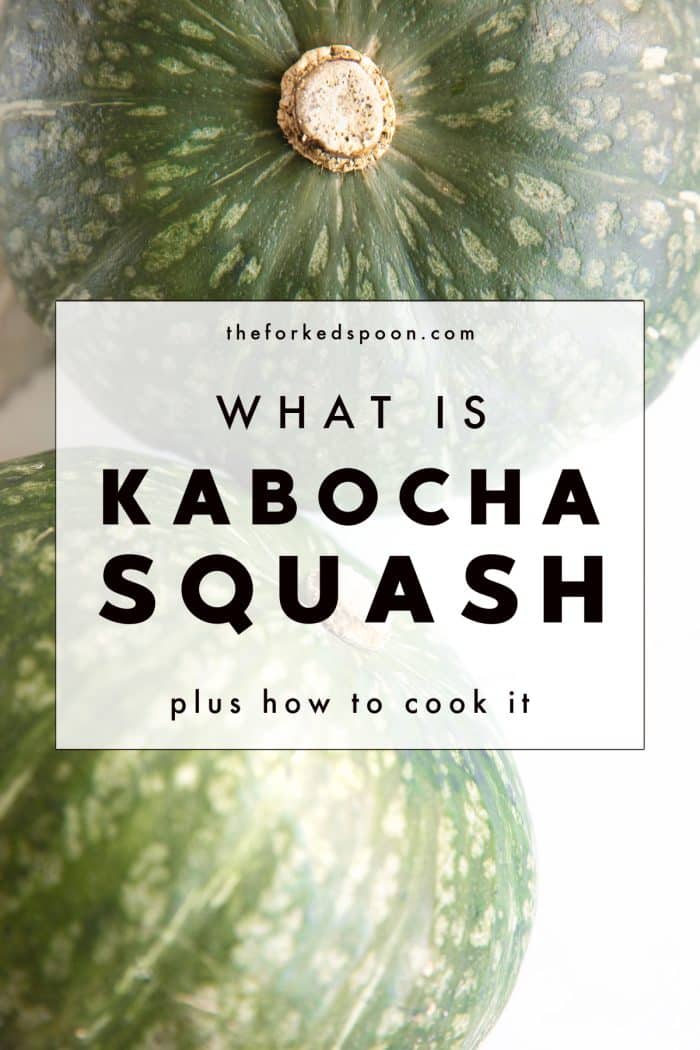


Great snack, also!
This was my first experience with this squash. I opted for simply roasting it, it was great! I’m glad I finally tried it!
This is my favorte squash. Sweet, flavorful, and a solid texture, not mushy like a lot of squash. My favorite way of preparting is to slice into little wedges and then fry it in avocado oil. Try it for Superbowl Sunday, everyone will love it.
I’ve used this squash just once. Generally, I love winter squashes but this was bitter and unpleasant.
Mexicans have been eating it a long time. I grew up eating it and still do. My friends here think it’s a delicious novelty
This is my favorite squash – by far. I do love ALL squash and eat them regularly. But, I look forward to this kind — a little drier and sweeter. I cut in half, rub butter on all cut surfaces and roast in the oven. Good eating!!!
I discovered this squash last fall at a farmers market and fell in love. I have always loved a dry winter squash but this is so very perfect. I even found seeds and grew a few this summer. The vines grew very long and I got some edible sized fruit. Since we like squash throughout the winter, I bake the whole squash …several at a time… scoop out the flesh, mash it and package it in meal size freezer bags for winter enjoyment. I’m sure I could save the hardened off fruits for several months, but this is easy to do all at once.
I live in South Korea, and kabocha squash is abundant! I agree, it is delicious, sweet, tender when roasted/steamed, and the skin is edible. It is also a pretty, colorful vegetable 🙂 You can keep and roast the seeds, just like pumpkin seeds. Kabocha is a common veggie in Korean cooking, and it features in many side dishes! Koreans may add a little honey or corn syrup to the recipe, similar to how Westerners add a bit of maple syrup.
Thanks for the great info, feedback, and rating Pam 🙂
How do you prepare the seeds? Aren’t they in pretty hard shells and difficult to extract?
Hi Jessica,
Where can i buy these melons from?
Regards,
Julie
When in season, these can be found at farmer’s markets and select grocery stores depending on where you live.